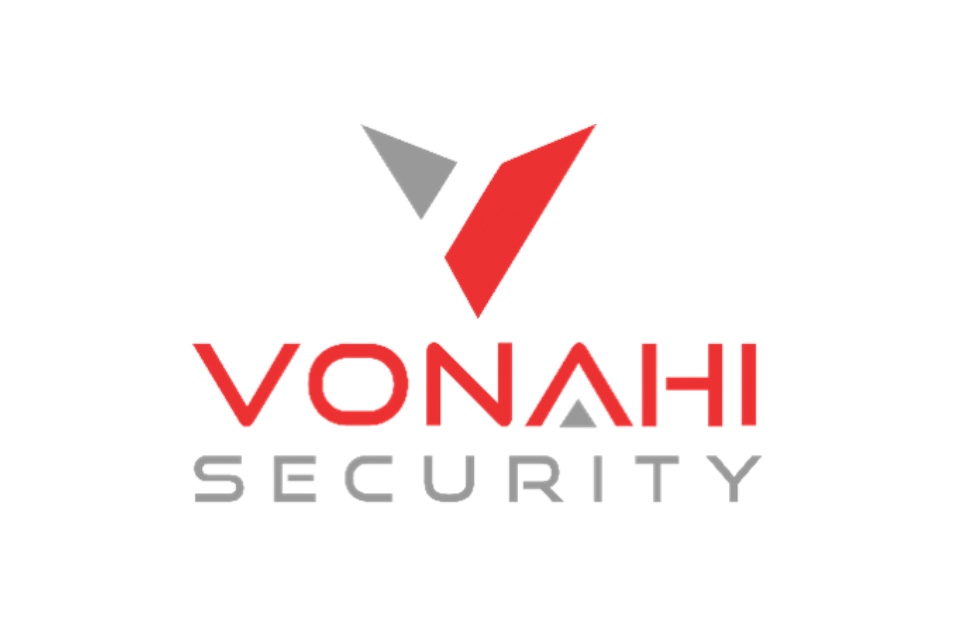Implementing an effective access control regime is paramount for IT security professionals in the UK’s public and private sectors. Access control systems are essential for protecting sensitive information, ensuring that only authorised users can access specific data and systems. Here are the key pillars for establishing a robust access control regime, based from input from attendees at the Cyber Secure Forum…
1. Comprehensive Risk Assessment: The foundation of any effective access control regime is a thorough risk assessment. IT security professionals need to identify the critical assets within their organisation, understand the potential vulnerabilities, and assess the threats. This comprehensive evaluation helps in determining the appropriate level of access control required to protect these assets.
2. Least Privilege Principle: One of the cornerstones of access control is the principle of least privilege. This means granting users only the access rights they need to perform their job functions and no more. Implementing the least privilege principle minimises the risk of accidental or intentional data breaches, as it limits the amount of data and systems to which any given user has access.
3. Multi-factor Authentication (MFA): Relying solely on passwords for user authentication is increasingly seen as inadequate. Multi-factor authentication adds an additional layer of security by requiring two or more verification methods to gain access. This could include something the user knows (a password), something the user has (a security token or mobile device), or something the user is (biometric verification).
4. Regular Audits and Reviews: To ensure that access controls remain effective and relevant, regular audits and reviews are essential. This involves checking who has access to what and ensuring that this access is still required. It also includes reviewing the access control policies and procedures to ensure they are up to date with the latest security threats and technological advancements.
5. User Training and Awareness: An often-overlooked aspect of access control is user training and awareness. Users need to understand the importance of access control measures and how to comply with them. This includes recognising phishing attempts, safeguarding their credentials, and reporting any suspicious activity.
6. Integration and Scalability: As organisations grow and evolve, so too do their access control needs. IT security professionals should seek access control solutions that can integrate seamlessly with existing systems and scale as the organisation expands. This ensures a consistent and manageable access control regime across all areas of the business.
An effective access control regime is built on thorough risk assessment, adherence to the principle of least privilege, the implementation of multi-factor authentication, regular audits, user training, and scalable, integrated solutions. By focusing on these key pillars, IT security professionals in the UK can safeguard their organisations against unauthorised access and the myriad of security threats that accompany it.
Are you searching for Access Control solutions for your organisation? The Cyber Secure Forum can help!
Photo by rc.xyz NFT gallery on Unsplash





